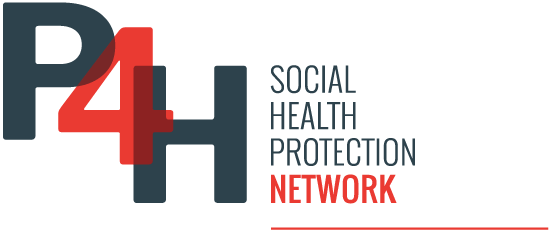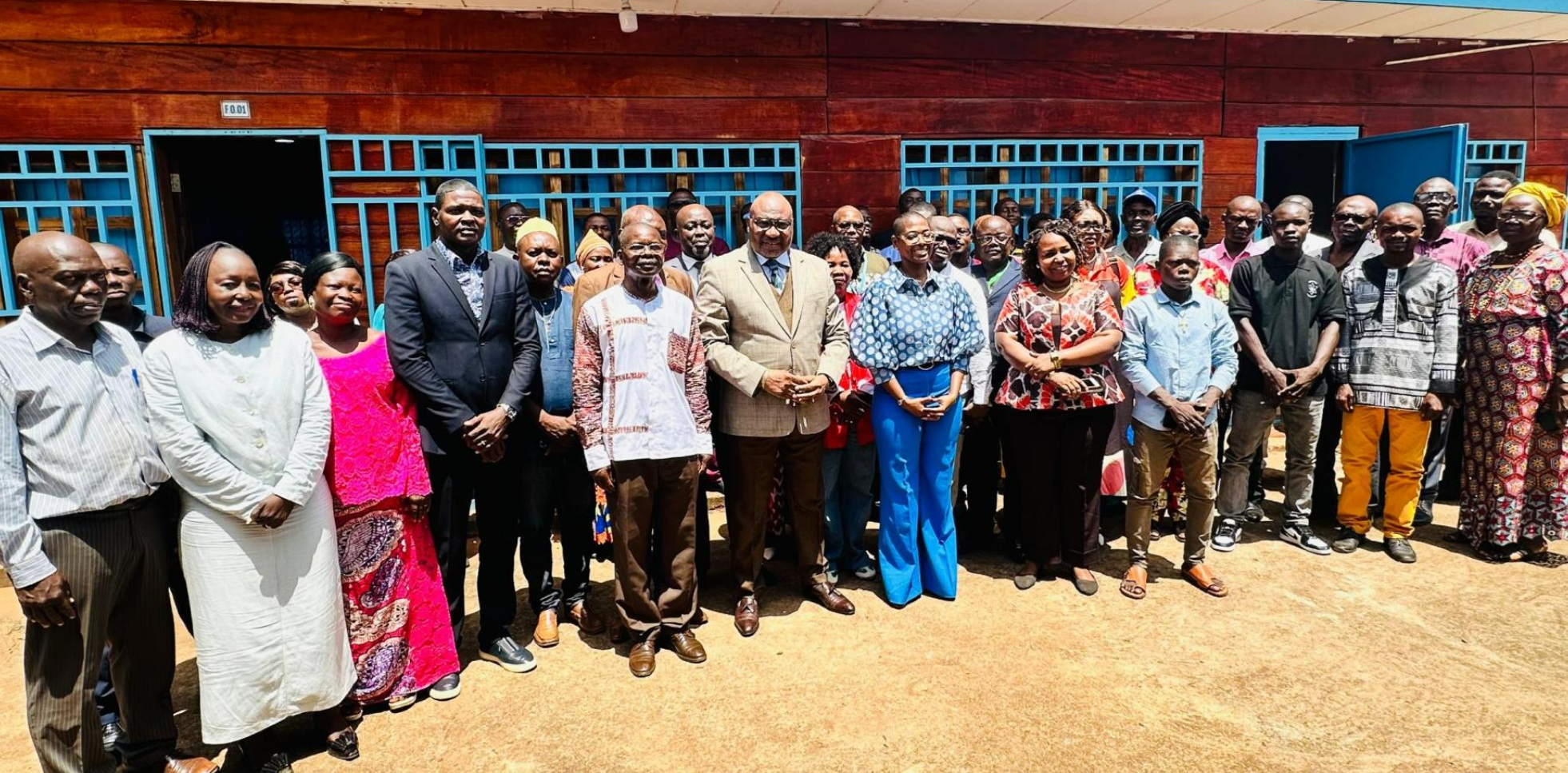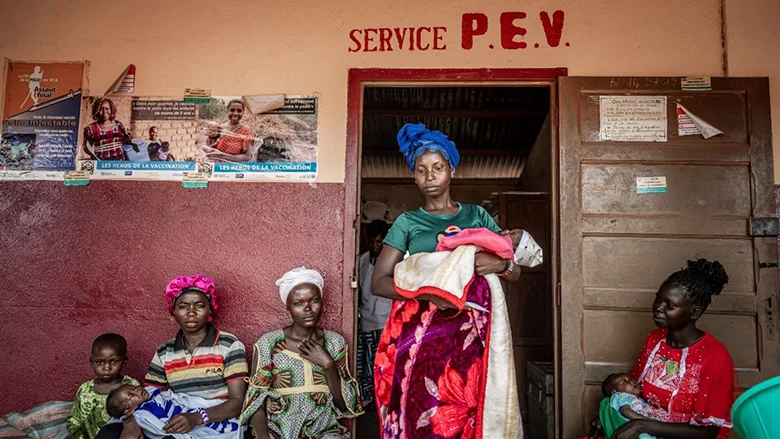In the Central African Republic, data from 2021 reflect that public health expenditures represent only 6.4% of public expenditures, while household out-of-pocket spending reaches 49%.[1] With less than US$6 per capita spent on health, the country’s health care system is still far from meeting the population’s needs. However, efforts are being made to progress towards universal health coverage (UHC).
Legislative and policy framework
Organic Law No. 18.013 of 13 July 2018 includes specific budget lines for health financing in the state’s general budget. Nevertheless, there are still no legislative and regulatory mechanisms for pooling health risks nor a national strategy for UHC. Households contribute to health financing primarily through cost recovery, a practice established with the Bamako Initiative. The private health sector is represented by private health care facilities and private health insurance. The health sector also benefits from multiple funding sources, enabling the provision of free care, either partially or fully, in various health districts across the country. Several national health programmes offer permanent free care thanks to the support of international donors such as the Global Fund to Fight AIDS, Tuberculosis and Malaria and Gavi, the Vaccine Alliance. Performance-based financing is implemented in 28 districts with the support of the World Bank Group and the European Union.
Access to health services in insecure areas
Despite the challenges, the Central African Republic is striving to improve its health care system and progress towards UHC, with the help of international partners and the support of national legislation.
References
[1] P4H Data (select country and indicators)


